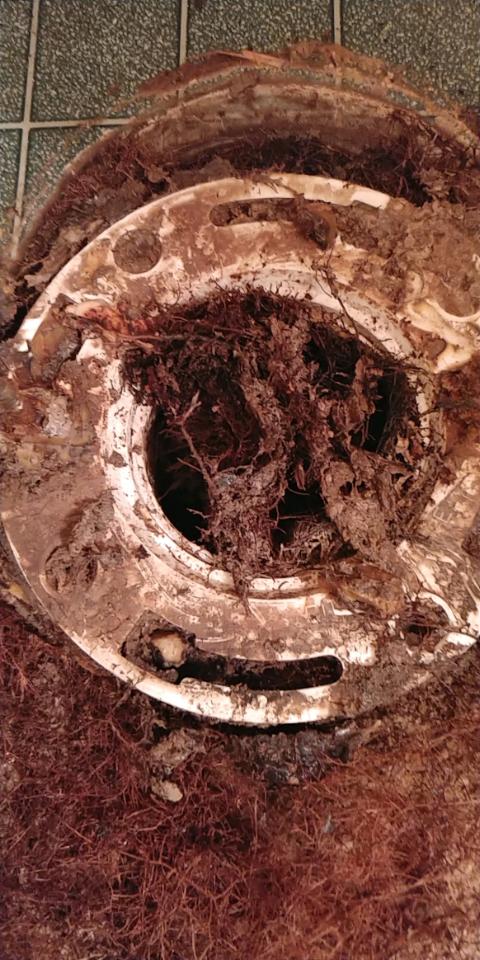Baby Wipes in the Toilet!

Ever wonder why baby wipes say do not flush? The simple explanation is that they do not dissolve in water like toilet paper. They are thicker and more cloth like. When you put too many in at once, the sewer pipes get clogged and will start to back up. This can cause your main sewer line to back up into your toilet, shower and kitchen sink. Gross, we know. This is why we recommend not disposing of any wipes, even flush-able ones. They do not breakdown in water like toilet paper. If you ever find yourself wondering if something is flush-able, the best thing to do is put it in the garbage and save your money!





 Many garbage disposal problems can be avoided altogether with the proper care and maintenance. When using your disposal start by letting cold water run through it for 15 seconds before turning it on. Allow the water to continue running and begin to slowly feed the food into the disposal until the grinding stops. Turn off the disposal and allow the water to continue to run through the disposal for about 30 seconds to make sure the disposal is clear.
Many garbage disposal problems can be avoided altogether with the proper care and maintenance. When using your disposal start by letting cold water run through it for 15 seconds before turning it on. Allow the water to continue running and begin to slowly feed the food into the disposal until the grinding stops. Turn off the disposal and allow the water to continue to run through the disposal for about 30 seconds to make sure the disposal is clear.